a few exotic conifers
baldcypress (Taxodium distichum)
Cupressaceae, the cypress family
Baldcypress is a southeastern swamp and streambank tree. Below, see it growing at Jean LaFitte Historic Park in Louisiana.
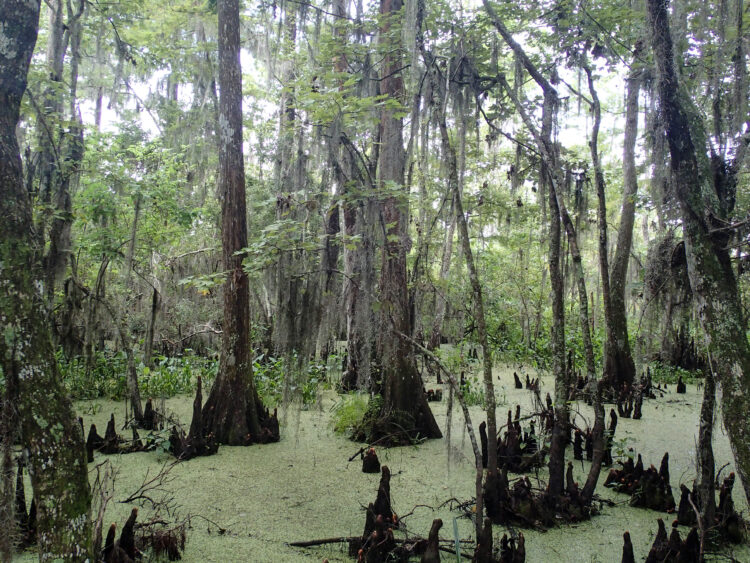
Baldcypress is a southern swamp tree.
Baldcypress does well in cultivation farther north, and is frequently seen in cemeteries, college campuses, arboretums and the like. It is a deciduous conifer with small linear leaves that grow in two ranks on deciduous branchlets that have a decidedly featherlike appearance. The seed cones are about the size and shape of golf balls. Large baldcypress specimens have a fluted base and often develop upright woody “knees.”
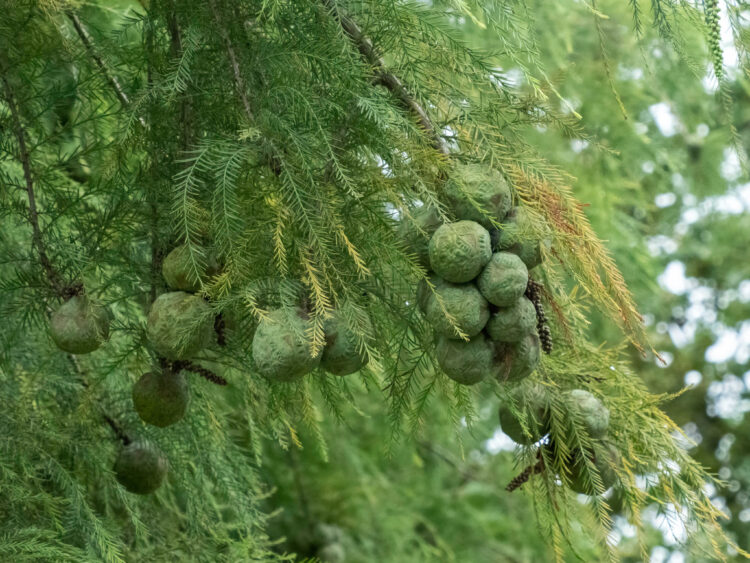
Baldcypress cones are globose.
dawn redwood (Metasequoia glyptostroboides)
Cupressaceae, the cypress family
Dawn redwood, along with the giant sequoia and coast redwood, is one of only 3 species in the family Sequoioideae, commonly referred to as redwoods. Unlike the other two, which are extremely tall species of western North America, dawn redwood is a moderate-sized Asian tree. The Sequoioideae were prominent during the late Palerozoic Era (Jurassic and Cretaceous periods, roughly 200 million to 65 million years ago). Discovered as a fossil in 1939, Metasequoia became well known from the fossil record only, and was believed to have been long extinct until some living trees were discovered a few years later. Upon learning of this great discovery, Harvard University’s Arnold Arboretum sponsored an expedition to China in 1948 to collect seeds, which were subsequently distributed to herbaria and botanic gardens worldwide. The species does well in cultivation, and thus can be seen at many Ohio locations, including OSU’s Chadwick Arboretum.
Although it is indeed a redwood, Metasequoia is deciduous, not evergreen, and therefore resembles baldcypress, from which it can be differentiated by having about 2x larger leaves that are oppositely, not alternately, arranged. The photo below shows a dawn redwood having eggs deposited in it by a 17-year cicada during the 2016 Brood V emergence.
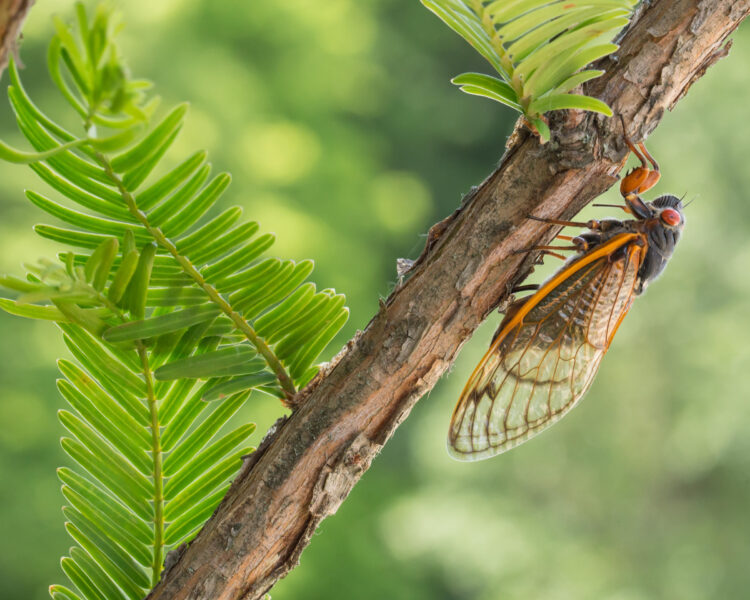
Dawn redwood and a 17-year cicada.
cedar of Lebanon (Cedrus libani)
Pinaceae, the pine family
Several plants in the cypress family (Cupressaceae) that are not cedars — redcedar and northern white cedar — nonetheless have “cedar” in their common name. True cedars are members of the genus Cedrus, in the pine family (Pinaceae). This is a strictly old-world genus of needle-leaved evergreens. One of the most famous is cedar of Lebanon. You can see it along with the Atlas cedar (Cedrus atlantica), at Chadwick Arboretum.
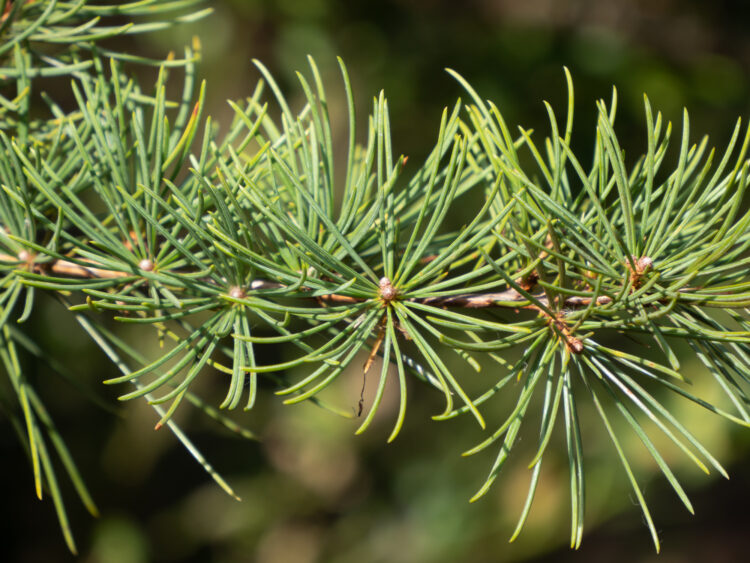
cedar of Lebanon
Cedar of Lebanon is the principal design element of the flag of Lebanon. As well described on this Wikipedia page (link) the cedar is the symbol of Lebanon, and the cedar of Lebanon has its origin in many biblical references.
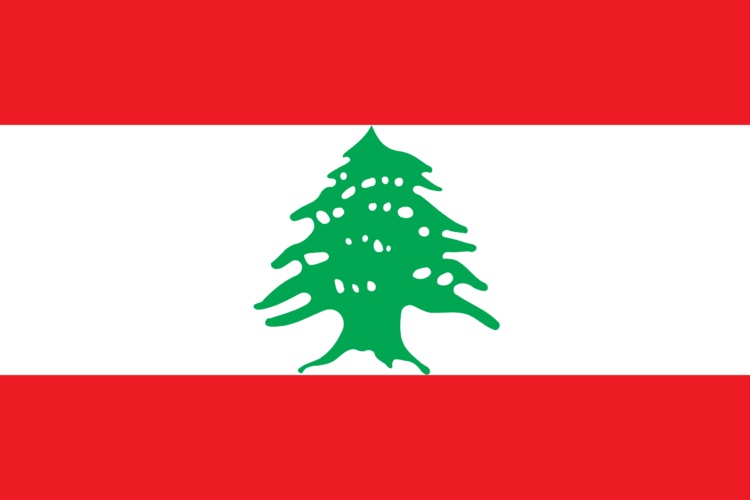
The flag of Lebanon features the cedar of Lebanon.
Douglas-fir (Pseudotsuga menziesii)
Pinaceae, the pine family
Douglas-fir is a magnificent western North American forest tree. The tallest individuals are taller than a football field is long, and rank just below coast redwood and Sitka spruce among the tallest North American trees. It is sparingly planted as an ornamental tree in and around Columbus. Leaf and stem-wise, it is strikingly intermediate between spruce and fir. The best field mark is the cones, where appendages called “bracts,” which in other conifers are short and hidden from view by the woody scales, project past the scales. They look like little mice crawling in!
If completeness is your thing, pat yourself on the back after encountering Pseudotsuga, because now you know all 6 genera of North American Pinaceae. The others are pines (Pinus), spruces (Picea), firs (Abies), hemlocks (Tsuga) and larches (Larix). Nice!
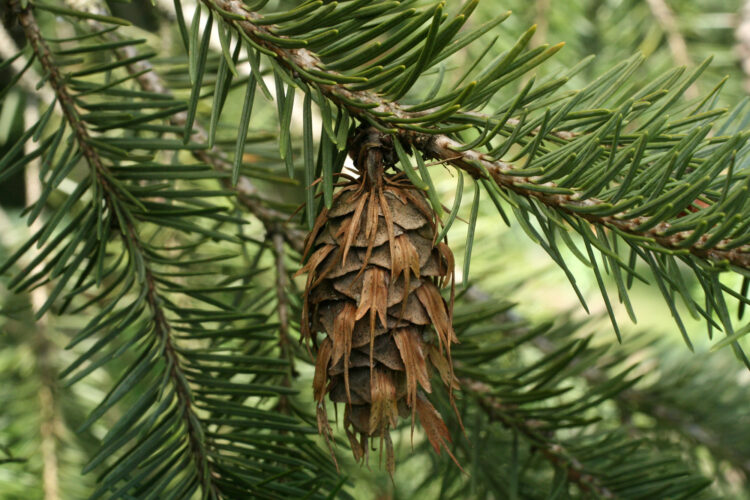
Douglas-fir
maidenhair tree (Ginkgo biloba)
Ginkgoaceae, the ginkgo tree
Ginkgo is a dioecious tree with unique fan-shaped leaves. A native of China, where it has been cultivated for millennia but is unknown in the wild, ginkgo is a popular street tree everywhere. Well known from fossils, it is the only extant species in the division Ginkophyta. The seeds are covered with a fleshy and foul-smelling seed coat. Please resist the temptation to call them fruits, as only angiosperms produce fruits, and ginkgo is a gymnosperm.
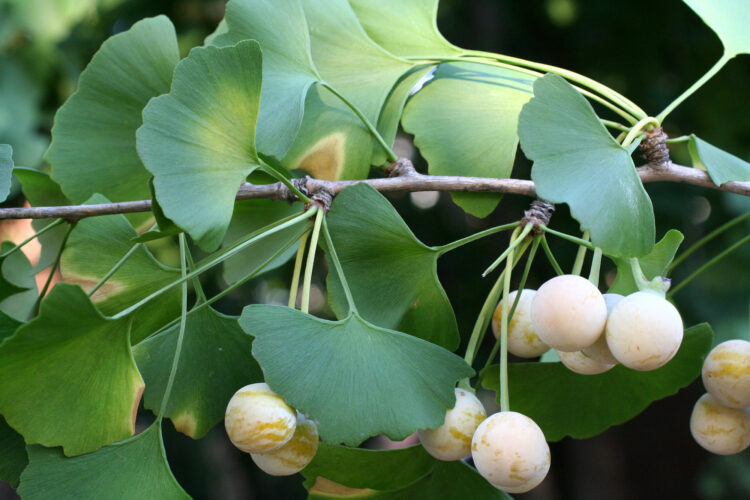
ginkgo
